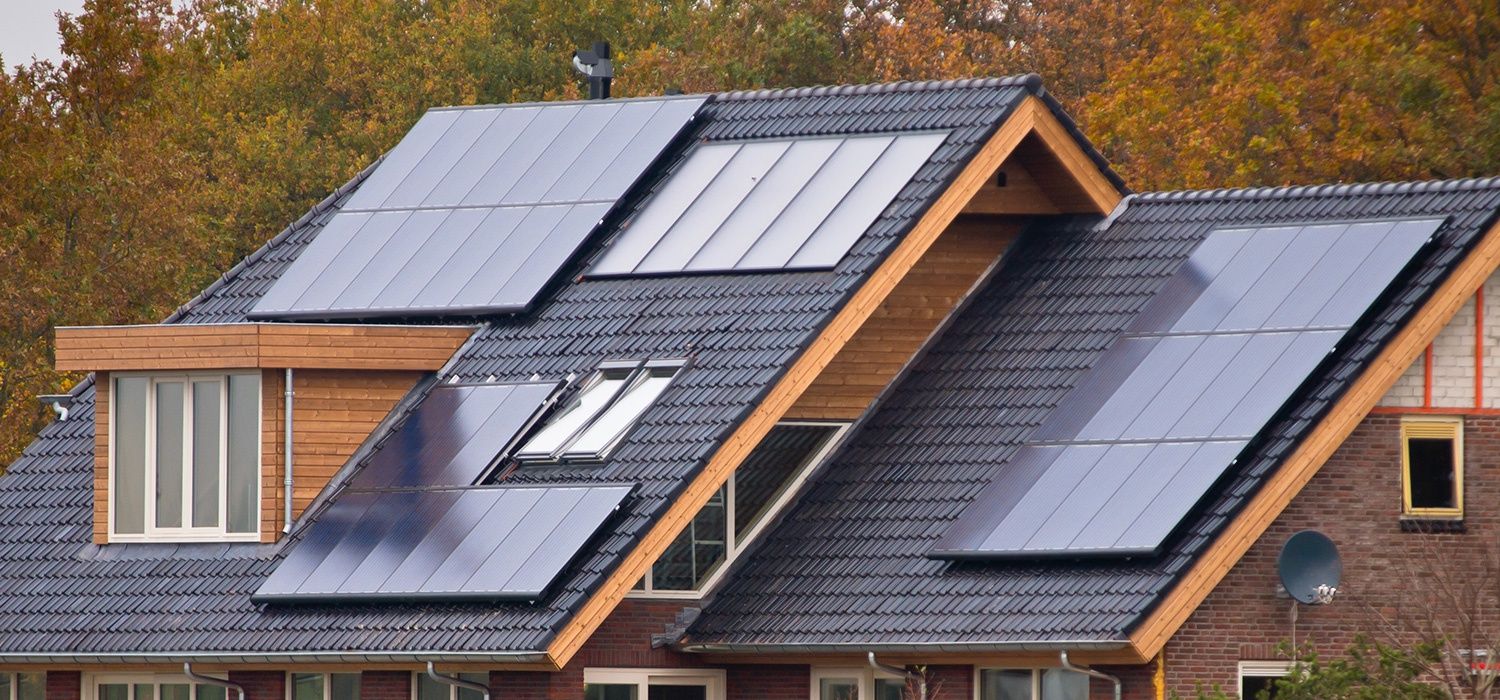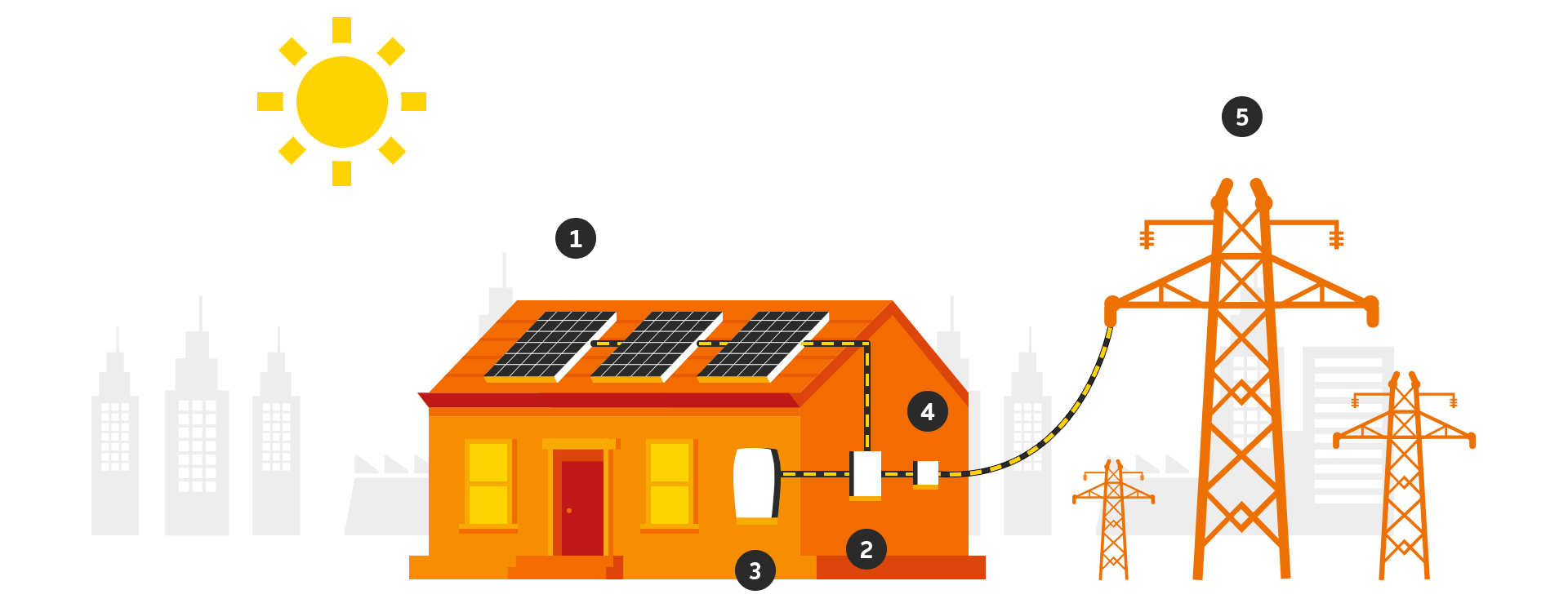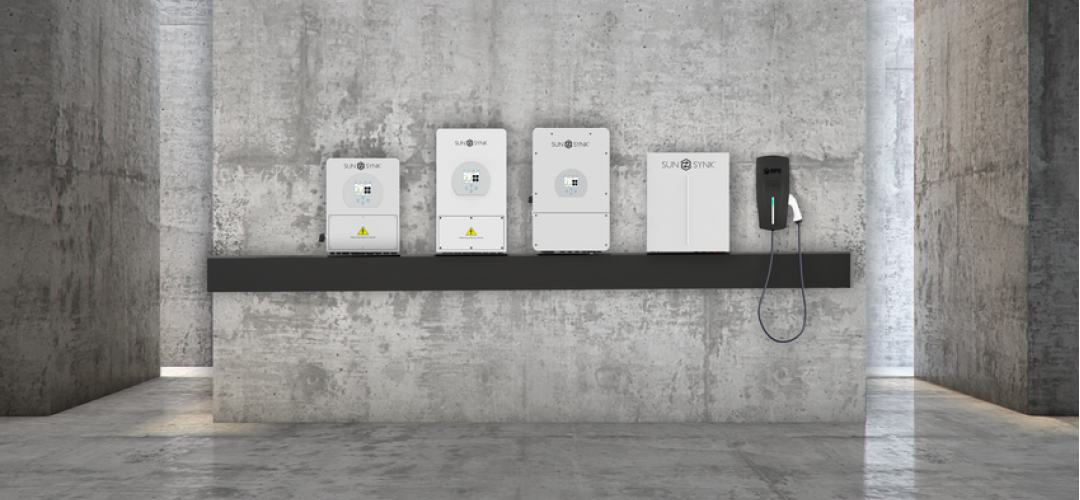Solar Panels for Your Homes: A Comprehensive Guide to Clean Energy in 2023
Discover the transformative potential of solar panels for your homes. By harnessing the abundant power of the sun, you can generate clean and renewable energy, reducing your carbon footprint and energy bills. Our comprehensive guide provides insights into the installation process, benefits of solar energy, financial incentives, and the latest advancements in solar technology. Whether you’re looking to increase your home’s value, achieve energy independence, or contribute to a more sustainable future, solar panels offer a practical and environmentally conscious solution for homeowners. Join the movement towards cleaner energy and unlock the countless advantages that solar panels bring to your living space.
How Do Solar Panels Work? Unveiling the Science Behind Sun-Powered Energy
In an era marked by a growing need for sustainable energy solutions, solar panels have emerged as a prominent player in the quest for cleaner power sources. These sleek panels, often adorning rooftops and open fields, harness the seemingly endless energy of the sun and transform it into electricity. But how do solar panels work, and what is the science behind this remarkable process? Let’s embark on a journey to demystify the inner workings of solar panels.

The Photovoltaic Effect: Power from Photons
At the heart of solar panels lies the photovoltaic (PV) effect, a phenomenon discovered in the 19th century that serves as the foundation of solar energy generation. The process begins with the interaction of light particles, called photons, with specialized materials within the solar cells. The most common material used in modern solar panels is silicon, chosen for its semiconductor properties.

Step by Step: How Solar Panels Generate Electricity
Absorption of Photons: When sunlight hits a solar panel, it’s comprised of countless photons carrying energy. Photons are absorbed by the semiconductor material, which triggers a release of electrons from their normal positions within the atoms.
Generation of Electric Current: The freed electrons create an electric current as they move within the semiconductor material. This movement of electrons constitutes an electric current, but the material alone is not enough to harness this energy for practical use.
Formation of Electric Field: Solar panels are designed with layers of different materials that create an electric field. This electric field guides the flow of electrons, causing them to move in a specific direction.
Collection of Electrons: Metal conductive plates on the sides of the solar cells collect the electrons and channel them into wires. This movement of electrons from the solar cell to the wires is what we know as electricity.
Conversion to Usable Energy: The direct current (DC) electricity generated by solar panels is then sent to an inverter, which converts it into alternating current (AC), the type of electricity used in homes and businesses.
Integration with the Grid: The converted AC electricity can be used to power appliances, lighting, and more within the building. Any excess electricity can be fed back into the power grid, often resulting in credits or compensation for the solar panel owner.
Efficiency and Technological Advancements
Over the years, solar panel technology has seen significant advancements aimed at increasing efficiency and overall performance. Improvements in materials, such as multi-layer cells and thin-film technologies, have led to higher energy conversion rates even in less optimal lighting conditions. Additionally, research continues into emerging technologies like perovskite solar cells, which hold promise for even more efficient and cost-effective solar panels in the future.

Advantages of having Solar Panels at homes
Installing solar panels at home offers a multitude of advantages that extend beyond just generating renewable energy. Here are some key benefits of having solar panels at home:
Reduced Energy Bills: Solar panels harness the sun’s energy to generate electricity, which can significantly reduce your reliance on grid electricity. This translates to lower monthly energy bills, providing long-term savings.
Clean Renewable Energy: Solar power is a perfect and environmentally friendly power source, producing no greenhouse gas emissions or air pollutants. By using solar energy, you contribute to reducing your carbon footprint and mitigating environmental impact.
Energy Independence: Generating your own solar power grants you a degree of energy independence. You’re less susceptible to fluctuations in utility prices and potential power outages, giving you greater control over your energy costs.
Return on Investment (ROI): While there’s an initial investment in solar panel installation, the long-term savings on energy bills can lead to a substantial ROI over the system’s lifespan, which can be 20 to 30 years or more.
Invest in Your Home: Solar Panels as a Path to Increased Value. Properties with solar installations are often viewed favorably by buyers due to lower operating costs and eco-friendly features.
What are the types of solar power technology?
Exploring the Diverse Landscape of Solar Power Technology: A Guide to Different Types As the world shifts toward cleaner and more sustainable energy sources, solar power technology takes center stage as a front runner in the renewable energy revolution. From traditional photovoltaic panels to cutting-edge innovations, the solar energy landscape is brimming with diverse technologies that harness the power of the sun. In this article, we delve into the various types of solar power technology that are driving us toward a greener future.
1. Photovoltaic (PV) Solar Panels: The Cornerstone Photovoltaic solar panels, often referred to as PV panels, are the most recognized and widely used solar technology. These panels convert sunlight directly into electricity through the photovoltaic effect. Comprising interconnected solar cells made of semiconductor materials like silicon, PV panels generate DC electricity when exposed to sunlight. They are commonly found on rooftops, solar farms, and even integrated into various consumer products.
2. Thin-Film Solar Cells: Flexibility and Versatility Thin-film solar cells are an alternative to traditional PV panels, known for their lightweight and flexible nature. They are created by depositing a thin layer of photovoltaic material onto a substrate like glass, plastic, or metal. Thin-film solar cells offer versatility in applications and can be integrated into curved surfaces, building materials, and portable devices.
3. Concentrated Solar Power (CSP): Channeling Solar Heat Concentrated Solar Power (CSP) systems focus sunlight onto a small area using mirrors or lenses, generating heat that is then used to produce steam and drive a turbine connected to a generator. CSP technology is particularly useful in large-scale power generation and can include various configurations such as parabolic troughs, solar power towers, and dish-engine systems.
4. Solar Thermal Collectors: Heat for Practical Use Solar thermal collectors utilize sunlight to heat a fluid, which can then be used for various applications such as space heating, water heating, and even industrial processes. These collectors can be classified into different types including flat-plate collectors, evacuated tube collectors, and concentrating collectors, each with specific efficiency and application benefits.
5. BIPV (Building-Integrated Photovoltaics): Merging Function and Form BIPV technology seamlessly integrates solar panels into building materials, turning surfaces like rooftops, facades, and windows into power-generating assets. BIPV enhances the aesthetics of structures while also producing renewable energy, offering a harmonious fusion of functionality and design.
6. Perovskite Solar Cells: A Promising Frontier Perovskite solar cells are a rapidly evolving technology with the potential to revolutionize solar energy. These cells use materials with a perovskite crystal structure to capture sunlight and generate electricity. Perovskite cells offer high efficiency and are relatively inexpensive to manufacture, making them a promising avenue for more cost-effective solar panels.
7. Solar-Powered Concentrators: Beyond Electricity Solar-powered concentrators focus sunlight to achieve temperatures suitable for various applications, such as solar cooking, water purification, and even refrigeration in areas with limited access to electricity.
8. Solar-Powered Desalination: Addressing Water Scarcity Solar-powered desalination combines solar energy with desalination technology to produce fresh water from seawater. This innovative approach holds promise for addressing water scarcity challenges in regions with abundant sunlight and limited freshwater resources.
As the world embraces a future powered by renewable energy, the array of solar power technologies continues to expand. From traditional photovoltaic panels to pioneering innovations like perovskite solar cells, each technology contributes to the diverse tapestry of solar energy solutions. As technology advances and efficiencies increase, solar power continues to shine brightly as a cornerstone of sustainable energy production.

What are Solar batteries?
Solar batteries, also known as solar energy storage systems or solar battery storage, are devices that store excess energy generated by solar panels for later use. These batteries enable homeowners, businesses, and other users to maximize the benefits of their solar power systems by ensuring a consistent and reliable energy supply even when the sun isn’t shining. Solar batteries essentially store the surplus energy produced during sunny periods and release it when the solar panels aren’t producing electricity, such as during the night or on cloudy days.
Can Solar Panels work in different weather conditions?
Yes, solar panels can work in different weather conditions, although their efficiency and energy production may vary depending on factors such as sunlight intensity, temperature, and cloud cover. Here’s how solar panels perform in various weather conditions:
1. Sunny Days:
Solar panels are most efficient on sunny days when they receive direct sunlight. Sunlight contains photons, which the solar cells in panels convert into electricity through the photovoltaic effect. More sunlight means more energy generation.
2. Cloudy Days:
Even on cloudy days, solar panels can still produce electricity. While cloud cover reduces the amount of direct sunlight reaching the panels, diffused sunlight can still generate a significant amount of energy. However, the energy output may be lower compared to sunny days.
3. Rainy Days:
Rain itself doesn’t prevent solar panels from working. Rain can actually help clean the panels by washing away dust and dirt that might accumulate on the surface, temporarily improving their efficiency. However, heavy rain and overcast conditions can lead to reduced energy production.
4. Winter and Cold Weather:
Solar panels can generate electricity in cold weather, but extreme cold can slightly reduce their efficiency. Additionally, snow accumulation on panels can obstruct sunlight. Many modern solar panels are designed to have a slight tilt, which often allows snow to slide off naturally.
5. Hot Weather:
Solar panels can still operate in hot weather, but very high temperatures can lead to a slight reduction in efficiency. Most panels have a temperature coefficient that describes their performance decrease as temperatures rise.
6. Hazy or Smoggy Days:
Hazy or smoggy conditions can decrease the amount of direct sunlight reaching the panels, affecting energy production. However, solar panels are designed to capture diffused sunlight as well, so they can still generate electricity under these conditions.
While solar panels can generate electricity in various weather conditions, it’s important to note that their efficiency may be influenced by factors beyond just weather, such as panel orientation, shading, and the type of solar technology used. To maximize the performance of your solar panels, it’s advisable to place them in locations with good sunlight exposure and to keep them clean and well-maintained. Additionally, battery storage systems can store excess energy generated during sunny periods for use during cloudy or nighttime conditions, further enhancing the reliability and resilience of solar energy systems.